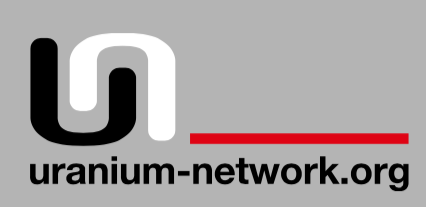Elaine Wang, University of Vermont (prepared for ENVS 295, Dr. Saleem H. Ali)
December 2006
Introduction
In a plebiscite held on March 26, 1990, residents of the hamlet of Baker Lake (in what was then the District of Keewatin, Northwest Territories, now the District of Kivalliq, Nunavut, Canada), voted overwhelmingly against the development of a uranium mine by Urangesellschaft Canada Ltd. (UG) at a nearby site called Kiggavik, part of what prospectors know as the Thelon Basin. As a result, UG never explored its claims. In August of the same year, Bob Leonard, the president of the Keewatin Chamber of Commerce stated, “We are in an economic crisis. The economy in the Keewatin is in a mess. We are totally dependent on government spending and there’s no way that can continue.”1 The opening quote by Robert McPherson, a mining consultant in the Nunavut land claims negotiations, suggests that as recently as 2003, uranium mining near Baker Lake was, for many reasons, considered a non-option.
Fast forward to the year 2006. Uranium prices have been breaking records continuously for over a year and is today at $64 a pound, as can be seen in the graph above. A widely cited industry analyst is forecasting $75 per pound by 20082, partly due to rising uranium demand which the two biggest uranium companies, Cameco and Areva, claim cannot be met by production. Not coincidentally, at least six uranium exploration companies have been in the news for their renewed activity in Nunavut as of 20043, after little to no interest from them for over a decade. What does this mean for the residents of Baker Lake, and for communities like theirs?
